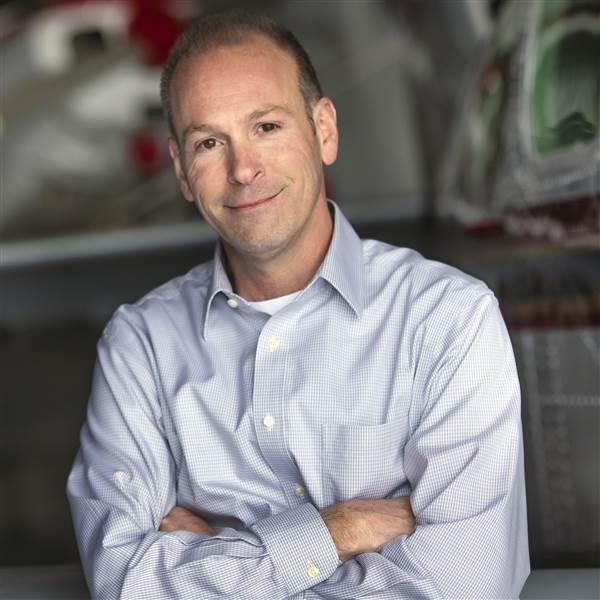CN Tower, half a mile
Flying to Toronto's island airport
She needn’t have said it twice. At traffic pattern altitude I had a hard time focusing on anything other than that 1,815-foot-tall spike—the tallest freestanding structure in the western hemisphere—projecting from Toronto’s skyline.
“After passing the CN Tower, turn left to follow the shoreline,” said the controller, “then turn right base around the three smokestacks at the wastewater treatment plant, and then turn a 4-mile final over the harbor for Runway 26.” It was a lot to absorb in one transmission as my student pilot son, Tony, and I quickly became task saturated trying to silence repeated obstacle avoidance warnings coming from my navigator, spot traffic, and navigate using foreign landmarks in this compact maneuvering area.
The final minutes of the flight, however, with stunning views of the city to our right, boats bobbing on the Inner Harbour below, and a unique airport-on-an-island ahead, made it all worthwhile.
After taking the as-advertised “one of the shortest ferry rides in the world” from the airport to the mainland (397 feet on an electric-powered ferry boat), Tony and I were soon airplane spotting from the CN Tower observation deck. As we enjoyed our lofty view from Toronto’s top tourist attraction, I contemplated the extensive prep work required for a GA pilot to fly from the United States to Canada.
Besides bringing a passport and the normal pilot and aircraft documents, Canada requires pilots obtain a restricted radiotelephone operator permit (which never expires) and a radio station authorization for the aircraft they are flying (valid for 10 years). These documents can be purchased on the Federal Communications Commission website for $170 and are emailed to you within a few days.
You’ll also need a U.S. Customs and Border Protection (CBP) aircraft decal, available for purchase at the CBP Decal and Transponder Online Procurement System (DTOPS) website. The decal enables unlimited border crossings in a calendar year. At $34.83, it’s inexpensive, but takes about two weeks to receive in the mail. Arrive back in the United States without the decal affixed to your airplane (or proof you purchased one) and you’ll have an unhappy CBP agent and a possible fine (see “For the Record: The Elephant,”). Pilots flying in Canada also must have an FAA medical certificate. Canada doesn’t yet accept BasicMed, but we’re working on it.
There are several options for navigation. Although paper navigation charts are available from Nav Canada, I chose to purchase a Canadian data subscription for my electronic flight bag as it included charts, supplements, and airport information. Since I was flying VFR and only staying for two days, I chose to forego any Canadian data for my installed avionics.
Finally, there are flight plans to be filed and phone calls to be made. Two separate CBP electronic Advance Passenger Information System (eAPIS) flight plans are required—one for the flight to Canada and one for the return flight. Using eAPIS is free, although you will need to enroll online. A call to Canpass will inform the Canada Border Services Agency of your arrival time and location in Canada, and a call to CBP at your airport of entry back into the United States will ensure a customs officer is present for inspection. Some customs offices are closed on weekends, so make sure to call during business hours to arrange an arrival time. Lastly, you must be on an active flight plan, in contact with ATC, and squawking a discrete transponder code when crossing the U.S.-Canada border in either direction.
There are a lot of steps to take to fly GA to Canada, particularly for first timers. And while the process may feel tedious, as with many things in life the second time is easier than the first since you know what to expect. All the requirements and steps mentioned above—and more—are explained in detail online (aopa.org/travel/international-travel/Canada). Our Pilot Information Center staff will be happy to answer any questions you have about flying to Canada at 800-USA-AOPA so you can feel confident you’re prepared for a stress-free trip.
A few weeks after you return from Canada, expect to receive an invoice in the mail. Landing fees and user fees for air traffic control services are a reality up north. My Toronto City Airport “arrival fees” totaled 30.85 Canadian dollars. I’ll keep the bill as a memento of a spectacular flight to the biggest city in Canada.



